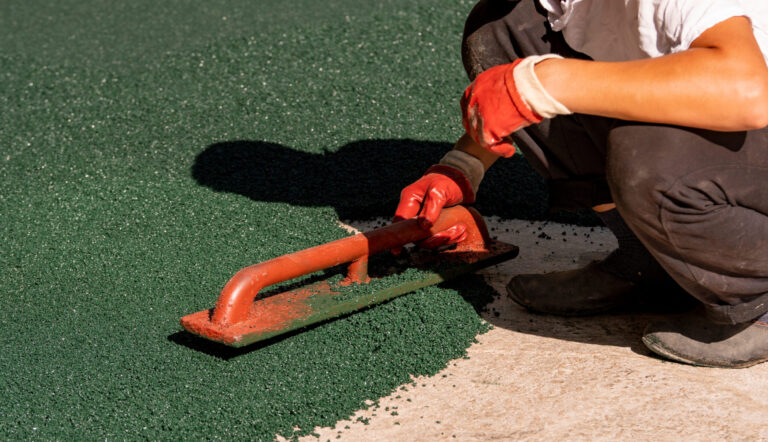The US Environmental Protection Agency (EPA) and the Centers for Disease Control and Prevention’s Agency for Toxic Substances and Disease Registry (CDC–ATSDR) have published the second portion of the Synthetic Turf Field Recycled Tire Crumb Rubber Characterization Research Final Report, focusing on Tire Crumb Rubber Exposure Characterization.
Part of the Federal Research Action Plan (FRAP) on Recycled Tire Crumb Used on Playing Fields and Playgrounds, initiated in 2016, this collaborative effort between the EPA and CDC aims to examine the chemicals associated with tire crumb rubber.
The study revealed no significant disparity in exposure to certain chemicals between players on synthetic turf fields with crumb rubber infill and those on grass fields.
Upon the report’s release, various stakeholders, including the tire industry, tire recycling firms, synthetic turf industry and recycling organizations, lauded the study’s significance and commended the EPA’s thoroughness in completing the research.
Thomas Womble, CEO of Liberty Tire Recycling, expressed gratitude toward the agencies involved and emphasized safety as a paramount concern. He highlighted the report as a valuable addition to existing literature supporting the safety and environmental benefits of recycled rubber.
 The study’s findings indicated that players on synthetic turf fields with crumb rubber infill were exposed to specific chemicals such as pyrene, benzo[a]pyrene, zinc and lead, albeit at levels similar to or even lower than those in the general public. Air emissions and metal concentrations were comparable to public levels, with no significant differences in polycyclic aromatic hydrocarbons (PAHs).
The study’s findings indicated that players on synthetic turf fields with crumb rubber infill were exposed to specific chemicals such as pyrene, benzo[a]pyrene, zinc and lead, albeit at levels similar to or even lower than those in the general public. Air emissions and metal concentrations were comparable to public levels, with no significant differences in polycyclic aromatic hydrocarbons (PAHs).
These conclusions align with previous research, suggesting negligible health risks associated with playing sports on synthetic turf fields with recycled rubber infill. According to the agencies, while not a risk assessment itself, the study’s results aim to increase education and understanding about exposure dynamics and could inform future risk assessments.
Melanie Taylor, president and CEO of the Synthetic Turf Council, echoed support for the report: “We thank the EPA for the dedication and time that went into this report and are pleased to see it reaffirms what other research has shown: synthetic turf and its system components are safe.”

The Recycled Rubber Coalition in Washington DC also welcomed the findings: “This report adds to a growing body of evidence that confirms what we have long known to be true: Crumb rubber infill is safe and crumb rubber turf fields are as safe as natural grass fields.”
In summary, while acknowledging the presence of chemicals in tire crumb rubber and potential exposures, the report suggests that such exposure is “likely limited”.



